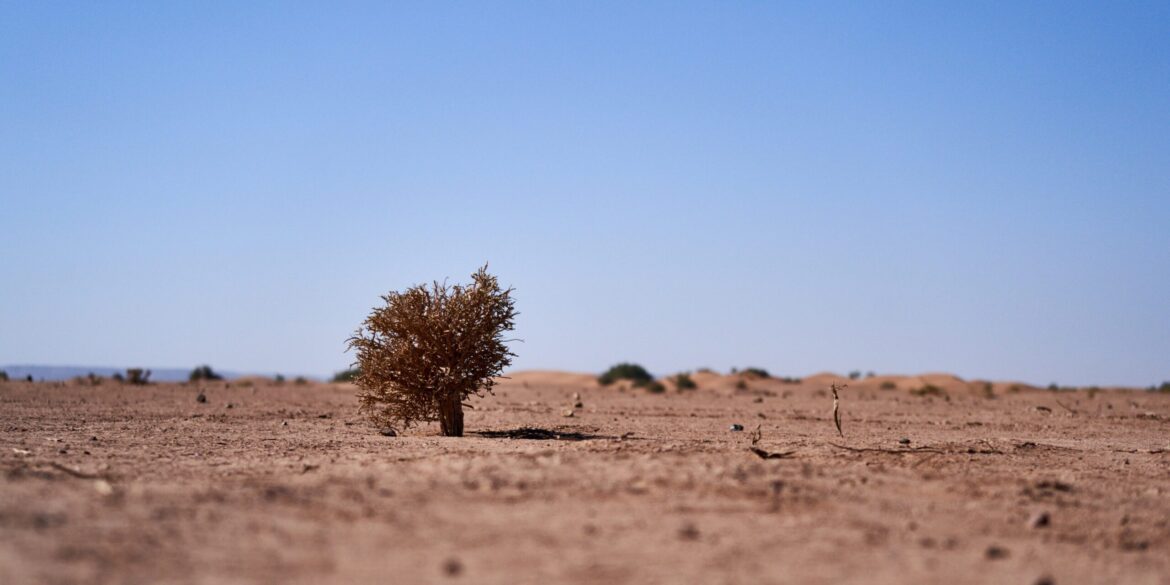The National Oceanic and Atmospheric Administration (NOAA) has issued its climate outlook for June 2025, predicting above-average temperatures across most of the contiguous United States. This forecast raises concerns about increased drought conditions, particularly in the Pacific Northwest and parts of the Northern Plains, with potential implications for water resources, agriculture, and wildfire risks.
Widespread Heat Expected
According to NOAA’s Climate Prediction Center, the temperature outlook for June indicates a strong likelihood of well above-average temperatures across nearly the entire Lower 48 states. The only exceptions are parts of the southern and central Great Plains, where the chances of above-, near-, or below-normal temperatures are equal. This widespread heat is attributed to persistent atmospheric patterns and the ongoing impacts of climate change.
The forecast suggests that the elevated temperatures will not be isolated incidents but part of a broader trend of increasingly hot summers. This pattern has been observed in recent years, with the average temperature for the contiguous U.S. in May 2025 recorded at 61.7°F, which is 1.5°F above the 20th-century average. Much of the West, Southwest, and Northwest, as well as the northern Rockies and Plains, experienced above-average temperatures during this period.
Drought Conditions Intensify
The combination of higher temperatures and below-average precipitation is expected to exacerbate drought conditions in several regions. NOAA’s precipitation outlook for June favors well below-average rainfall in the Pacific Northwest and parts of the Northern Plains. These areas are already experiencing moderate to extreme drought conditions, and the lack of precipitation could lead to further deterioration.
The Monthly Drought Outlook indicates that drought development is likely over portions of the Pacific Northwest and central California. Conversely, some improvement or removal of drought conditions is anticipated over the Atlantic coast states and the south-central High Plains region, where recent precipitation has helped alleviate deficits.
Implications for Agriculture and Water Resources
The anticipated heat and drought conditions pose significant challenges for agriculture and water management. Crops in drought-affected areas may suffer from reduced yields due to water stress, and livestock operations could face difficulties in maintaining adequate water supplies. Additionally, the strain on water resources may lead to increased competition among agricultural, municipal, and ecological needs.
In the Missouri River Basin, which includes Kansas and Missouri, approximately half of the area is currently experiencing moderate to extreme drought. Without sufficient rainfall, these conditions are likely to persist or worsen, impacting crop yields and straining regional water supplies.
Elevated Wildfire Risks
The combination of high temperatures and dry conditions also heightens the risk of wildfires. Drought-stressed vegetation becomes more susceptible to ignition, and the extended fire season increases the potential for large, destructive fires. Regions such as the Pacific Northwest and parts of the Southwest are particularly vulnerable, with the forecasted conditions creating an environment conducive to wildfire outbreaks.
Public Health and Infrastructure Concerns
Extreme heat events can have severe consequences for public health, especially for vulnerable populations such as the elderly, children, and those with pre-existing health conditions. Heat-related illnesses and fatalities may increase, and the demand for cooling can strain energy infrastructure, leading to potential power outages. Urban areas may experience exacerbated effects due to the urban heat island phenomenon, where built environments retain more heat.
Need for Proactive Measures
Given the forecasted conditions, it is imperative for communities, policymakers, and individuals to take proactive measures to mitigate the impacts of heat and drought. This includes implementing water conservation strategies, preparing for increased energy demands, and ensuring that vulnerable populations have access to cooling centers and other resources. Agricultural stakeholders may need to adjust planting schedules and irrigation practices to adapt to the changing climate conditions.
NOAA’s climate outlook underscores the importance of resilience and preparedness in the face of increasingly frequent and intense climate-related events. By understanding and anticipating these challenges, communities can better protect public health, safeguard resources, and maintain economic stability.

